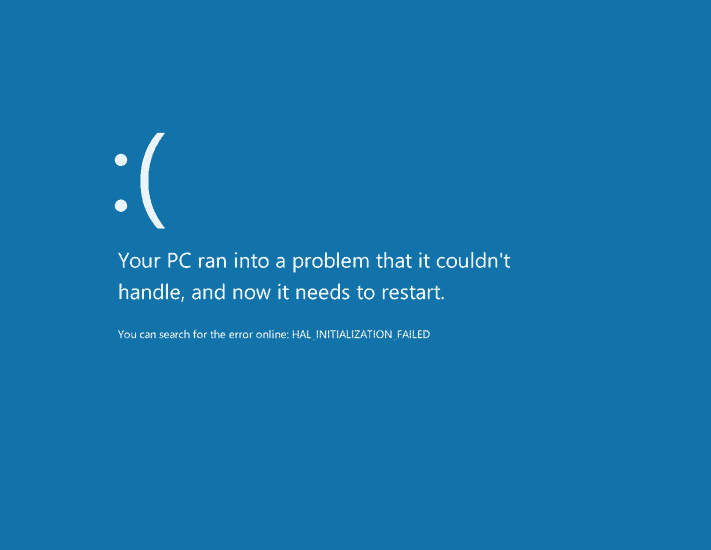Welcome to Exam Notes by CertBlaster! This is our Free study guide Network Plus 5.1. In this edition, we will examine the topics covered on objective 5.1 Explain the network troubleshooting methodology. Remember these steps because they are as relevant in real life as they will be on your test.
Gather information – Your first step is to get as much information as possible about the issue. Find out the symptoms, question the users(s) about any changes they are aware of to determine if anything has changed.

Duplicate the problem, if possible. Ask the user to do it if possible. You may notice an input error or another behavioral possibility.
Approach multiple problems individually. Solve each problem one at a time and make only one system change at a time.
Question the obvious. Is the NIC plugged in and working? Check for network access.
Consider multiple approaches. There are many ways to skin a cat. This is especially true here.
Top-to-bottom/bottom-to-top OSI model. Decide whether the problem seems to be related to an application or a physical device. Now use the OSI model to Divide and conquer your problem. Does it appear to be hardware or software? If it looks like software, you will troubleshoot from the Application layer at the top of the model. A hardware problem would be addressed from the Physical layer upwards through the OSI model.

Once the theory is confirmed, determine the next steps to resolve the problem. Whenever possible use a test workstation to plan and implement your repair. If the theory is not confirmed, re-establish a new theory or escalate the issue to get some help.
Planning your repairs is as important as the actual repair. Whenever possible use a test workstation to plan and implement your repair. This will allow you to identify any unforeseen negative consequences to your actions.
When you are satisfied with the repairs have the user run through some typical functions to ensure functionality. Take the time to review the situation and take preventative measures if necessary.
Every completed trouble call should be logged and all contributing details should be documented. This allows your administrators to recognize and mitigate future issues of this type.
That’s all for 5.1! See you in 5.2! We hope you enjoyed our Free study guide Network Plus 5.1.

By continuing to browse this site, you accept the use of cookies and similar technologies that will allow the use of your data by CertBlaster in order to produce audience statistics- see our privacy policy.